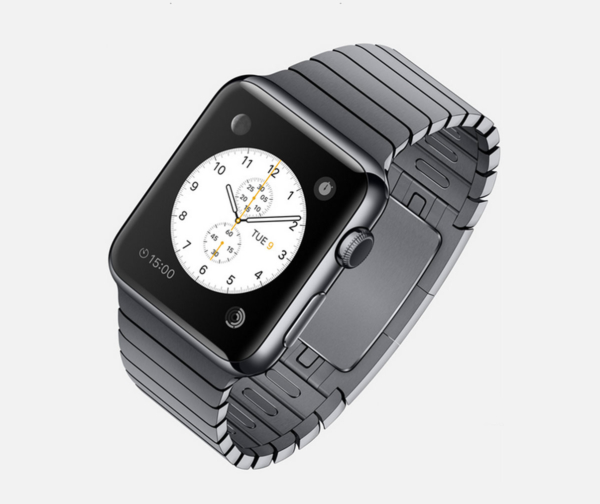In Part I you did homework and have a condition and starting price for your watch, the next step is to show people what you have. The hard truth is good photos can help you sell your watch; if your sales post has fuzzy photos or stock images it will keep people away and your watch will sit unsold. As such it is to your benefit to take the best photos you can of your watch. You do not need a high end DSLR to get great watch photos, you just need a few tips and a bit of practice and patience. Those areas are the keys, and here are the tips:
- Use a tripod. The stability will give you clearer shots.
- Use your cameras built in timer. This prevents shake from the camera on the tripod when you click the shutter button.
- Turn off your flash. Unless you have a flash diffuser the light from the flash is far too harsh and will wash out your colors. Proper lighting can be obtained with longer shutter speeds. (See sample photo 1.)
- Locate a good, complimentary background. Nothing too bright or harsh, something simple that looks nice. Some textured paper works well, or the surface of a polished desk, even clothing like flattened shirts and jackets. Be creative; you do not need to go out and buy a bunch of props, just look around your home.
- Find a good light source. This can be natural light from a window or even a fluorescent desk lamp. You want a steady, even light source that you can use and…
- Diffuse that light source. This can be achieved with just a sheet of paper between the light and the watch. This will further soften the light providing more even and consistent colors. You can also use a photo light box or soft box as a diffuser. There are several kits available for reasonable prices if watch photography is something you might do beyond selling your watch. (Sample photos 2, 3 &4.)
- White balance is an important factor and your camera can help you achieve the right look. Most cameras today have built in white balance settings (shady, sunlight, fluorescent, etc.) that you can use to find the right look for your photos. Take a few shots and between each try one of the other WB settings. You may find that one totally unrelated to your actual light source is the best. (Sample photos 5 & 6.)
- Take multiple photos of the same pose with minor tweaks. Adjust the light, move the camera, etc. to give you some options.
- If your camera allows for it, shoot in full manual mode. This gives you full control over shutter speed and aperture (f/stop) which allow you to better achieve the shot you are looking for. For example: you want to focus in and highlight a specific detail, maybe a slight imperfection or a cool aspect of the watch. Choosing a wider aperture and a faster shutter speed will produce a nice depth of field where that element is in focus and the rest of your photo is blurry. Conversely, a smaller aperture and a slower shutter speed will let you have the entire watch in focus from front to back with no blurred areas. (Sample photos 7 & 8.)
Once you have things set up take several test shots and review them for lighting, color and overall layout. Be sure to capture multiple aspects of the watch, not just the dial: case back, side, strap or bracelet and any accessories like boxes, papers and links. If there are certain marks or dings on the watch do your best to capture those in the shots so that your seller can see what your condition text describes. (Sample photo 9.)
It is worthwhile to locate a good photo editor for some basics like color correction, cropping and resizing. There are several options available for both Windows and Mac platforms, such as Adobe Photoshop Elements, Google’s Picasa, GIMP, Photofiltre (Windows), Pixelmator (Mac), to name just a few.









 Featured Videos
Featured Videos







